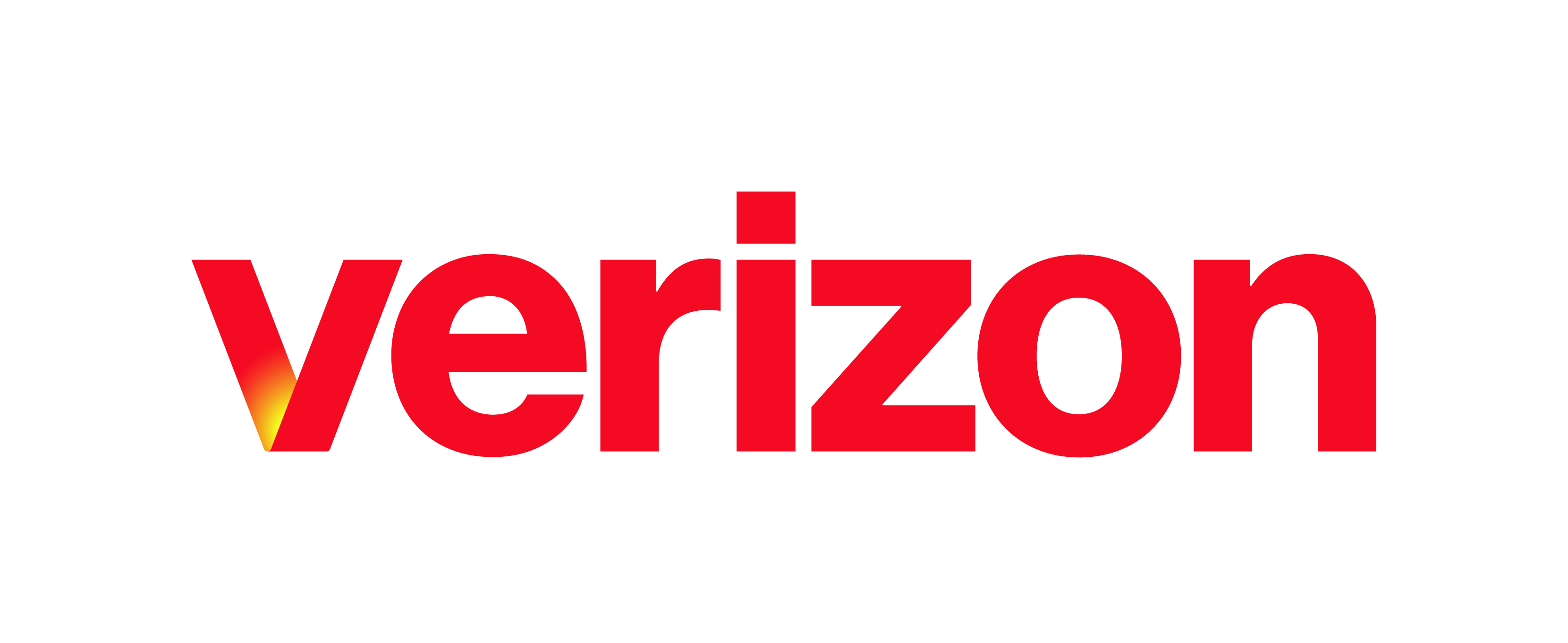What you need to know Administrators can set up and modify a user’s voicemail and fax messaging options. With this feature, users users can retrieve voice and fax messages via the end user portal. Voicemails are sent in .wav format, and faxes are sent in .tiff format. Optionally, notifications can be sent to a mobile phone via text or email. …
Enterprise Portal: Configuring Sharing
What you need to know You can configure Shared Call Appearance on a physical phone. This will enable users to receive calls placed to another user’s extension (from their own phone), to place calls from another user’s extension, and to see the status of that extension from the line key on their own phone. An example of this is an …
Enterprise Portal: Device Management
What you need to know The device management portion of the Enterprise Portal provides a centralized way of managing and maintaining the inventory of phones. Help Topics A View a List of Devices B View Line Status and Details C Management Tool for Line Appearances D Manually Add or Remove a Device E Export List of Devices A. View a …
Enterprise Portal: Modify Hunt Groups
What you need to know Hunt groups are used to ring specific groups of users in a pre-determined pattern within or across locations when a call is made to the hunt group telephone number. When your service is set up, hunt groups are assigned default settings. However, at the administrator’s discretion, the following items can be modified within the Enterprise …
Enterprise Portal: Modify, Add and Delete Time and Holiday Schedules
What you need to know Time schedules are used to route incoming calls based on the day of the week and/or time of day. Schedules are classified as either Business Hours or Holiday. Time scheduled are mainly used for auto attendant purposes. Schedule Notes: Upon install, two pre-defined schedules are assigned to your site. They are assigned to the site …
Enterprise Portal: My Site Overview
What you need to know A Site typically represents an office location, for example if your company has 3 office locations, there would be 3 sites. The following diagram shows the hierarchy of the My Site dashboard in relation to your access: Note: For businesses that operate with 100% remote workers, a site could represent a group of remote workers. …
Enterprise Portal: Outbound Calling Plan Configuration
What you need to know Verizon provides an interface to manage the customer inbound and outbound calling plans for each site and specific user/phone numbers. Outbound calling regulates behavior for calls placed to various destination types: Internal (intra-company) – These are calls within your own company. It includes calls to others within your own site and to users at other …
Enterprise Portal: Push to Talk
What you need to know The Push to Talk feature allows users treat their desk phones as either a one-way or two-way intercom. Site administrators can configure the following Push to Talk settings for users: Define approved and blocked users lists – Set the list of assigned users to represent either an approved or a blocked list for the user …
Enterprise Portal: Overview
What you need to know The Enterprise Portal offers an enhanced presentation for Customer Administrators to manage multi-site enterprises. It provides a simple dashboard view to see aggregated call activity and quick overview of inventory information across the enterprise. It also provides easy-to-use tools to view and manage site and user-based features and services. Plus, a Service Assurance section gives …
Enterprise Portal: Series Completion Configuration
What you need to know Sharing phone lines across users is a common practice, especially in traditional key system environments. This is often put in place in rollover environments to allow calls to get through if the main number is busy. Also, in offices where users only have extensions provided by the key system, sharing lines allows for a more …

